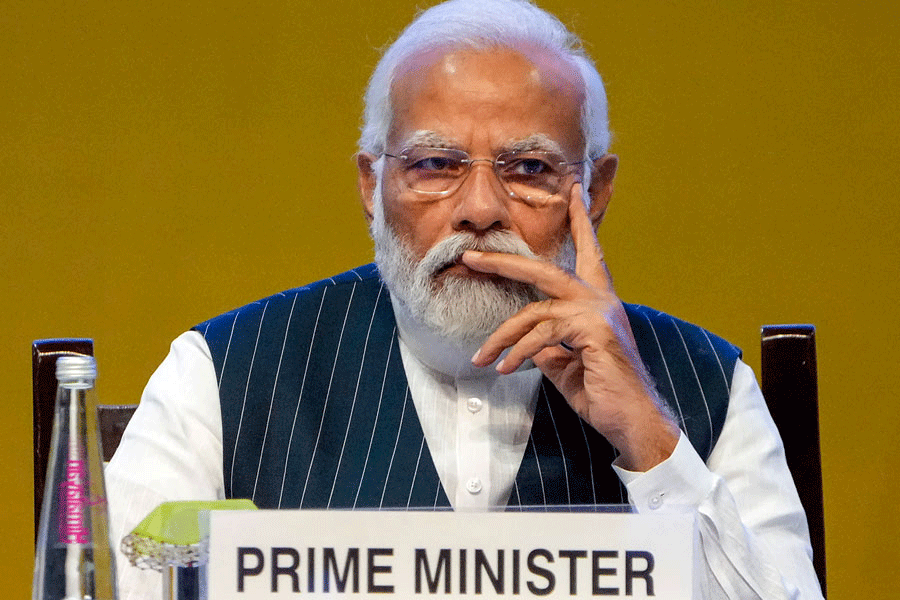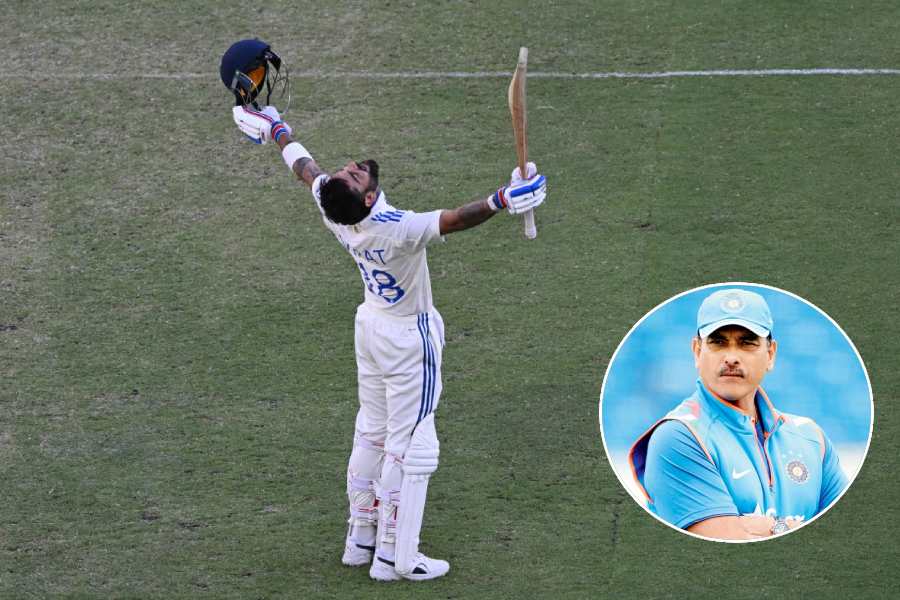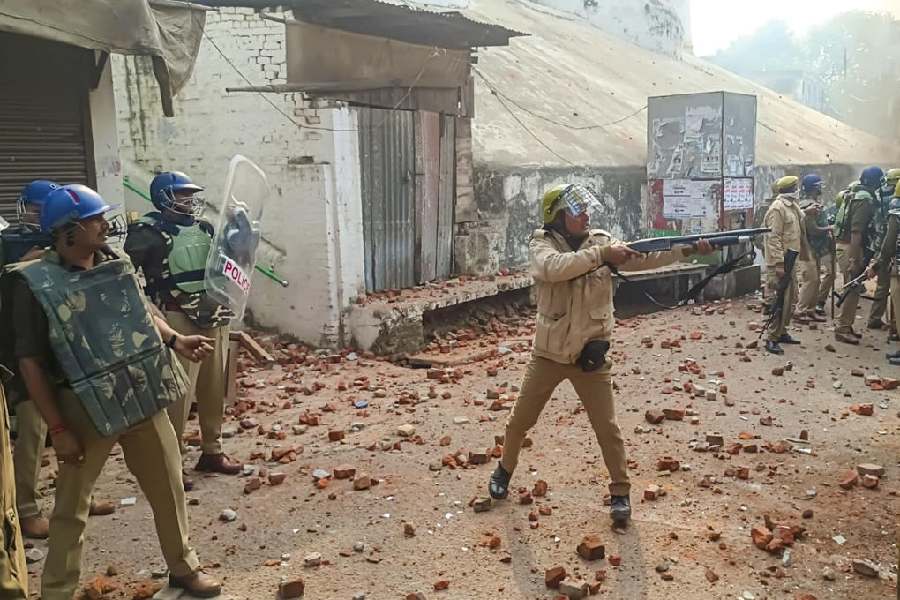The choice of the venue for the meeting of 17 Opposition parties in search of unity was far from benign. Patna, after all, has been the starting point of numerous movements directed against hegemonic governments in the electoral history of the republic. The question is this: would the latest endeavour to unite against the aggressive, ambitious and authoritarian Bharatiya Janata Party-led regime succeed? Naysayers have pointed to the friction between the Congress and the Aam Aadmi Party at Patna as evidence of the obstacles that lie on the Opposition’s path. The AAP, in a typical petulant act, demanded greater commitment from the Congress in terms of its opposition to a Central ordinance; the Congress responded, quite rightly, with a request to focus on the larger agenda of the meeting. The fractiousness, cynics would say, is a miniature representation of the larger fault lines that have neutralised Opposition unity. It is true that impediments such as regional competition, overlapping political turfs and personal ambition have, thus far, prevented the Opposition from presenting a united challenge to the BJP. But Patna revealed the potential for a different kind of glue: an inspiring willingness on the part of Opposition parties to fight for the sake of the future of a democracy besieged by forces inimical to its foundational vision. There can be no greater incentive to transcend narrower political divisions than that of saving Indian democracy.
A related query concerns the Opposition’s likely modus operandi. Would there be consensus on the formula that, say, the Congress employed quite successfully in Karnataka recently? Prioritising livelihood issues as well as misgovernance has yielded political dividends for those resisting the BJP’s sectarianism at the regional level. But would this succeed nationally? The challenge would be to transform this strategy into a broader — public — narrative. The fact that several parties in the Opposition camp draw their support from specific identity-based groups may help, not hinder, disseminate a formula that promises a wider, inclusive vision for those on the margins. Coming up with an alternative ideological template and a political map, something that the Opposition has failed to do previously, is a must. Of course, it is too early to predict the contours of a common minimum programme, if any. Whether the Opposition would find its elusive unity is not clear either. Perhaps Shimla, the venue of the next meeting, would show the way. But what is evident — and heartening — is that the Opposition has shown an appetite to take on Narendra Modi’s electoral juggernaut. Combativeness is central to cementing the future of any democracy.











